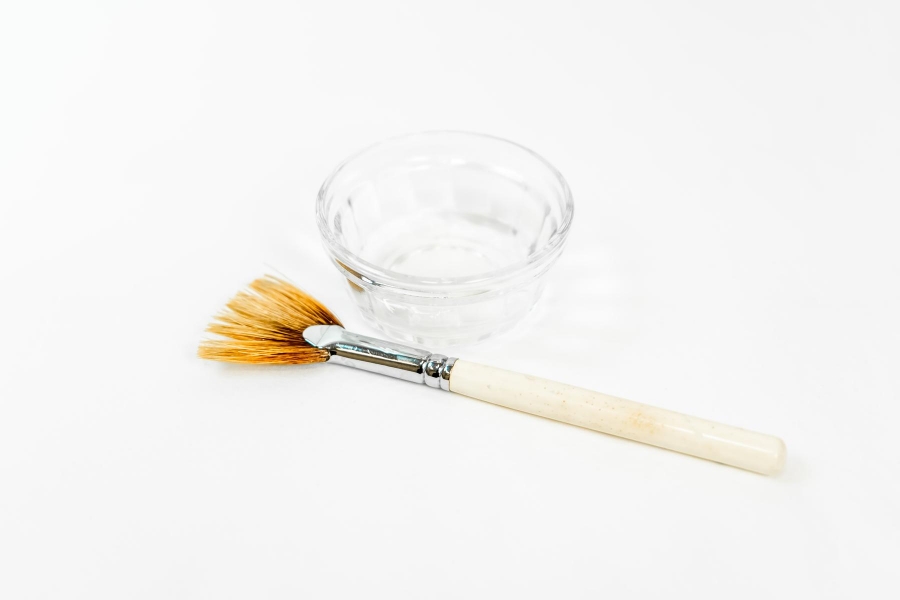Seasonal Saviors: Exfoliants Every Professional Should Utilize
Written by Karen AsquithThe seasons change as does a person’s skin requirements. This makes it the perfect time to prepare the skin by performing an exfoliation series. Skin care professionals recommend that clients exfoliate one to three times per week depending on their skin type and condition. However, many clients are not that disciplined. In terms of honesty, how many practitioners are diligently following their own advice?
Skin care professionals have many options of exfoliation at their disposal with both modalities and products. This article will speak about alpha and beta hydroxy acids as most spas utilize both professional and homecare products containing these actives. Although they are not the newest active ingredients, they have remained in the limelight due to their proven results. There are numerous alpha hydroxy acids that can be used alone or in combination with beta hydroxy acids depending on the skin type, condition to be treated, and the depth of penetration required.
CHEMICAL EXFOLIATION
Alpha hydroxy acids and beta hydroxy acids are very different acids. Alpha hydroxy acids are derived from fruit acids or synthetic formulations. These acids can be found in sugar, milk, and citrus fruits, and are also water soluble. Alpha hydroxy acid exfoliation removes the top layer of cells on the skin to reveal the newer younger cells below. The most common forms of alpha hydroxy acids used are lactic and glycolic acid. Products that include alpha hydroxy acids work to brighten dull complexions and diminish the signs of aging, while promoting a more radiant look and tone.
Beta hydroxy acids are closely related to alpha hydroxy acids because they are separated in configuration by a single carbon atom. Beta hydroxy acids are lipid- or oil-soluble, and their affinity for oil makes them especially valuable in treating oily skin, as well as those with mild to moderately severe facial acne. Salicylic acid is the most utilized beta hydroxy acid. It has been shown to have anti-inflammatory, antimicrobial properties, and is effective in small concentrations (in 1% to 2% doses). In over-the-counter formulations, beta hydroxy acids will be listed in the middle or closer to the end on the ingredient list. Beta hydroxy acids are milder than alpha hydroxy acids, yet still effective when used alone, especially on sensitive skin.
Due to salicylic acid’s affinity for oil in the skin and keratolytic properties, it is able to dissolve the skin around acne lesions. This reduces sebaceous follicle blockage by stimulating the release of keratin, oil, dirt, and debris. This action eventually minimizes the production of blemishes, blackheads, and whiteheads. The antimicrobial action works to kill or inhibit the growth of microorganisms such as bacteria, which is especially beneficial in the treatment and prevention of acne.
BENEFITS OF CHEMICAL EXFOLIANTS
Both alpha hydroxy acids and beta hydroxy acids breakdown the most superficial layer of skin – stratum corneum, causing dead skin cells to detach and shed. It is from this exfoliating action that new skin cell growth is stimulated. Smoother, brightened skin emerges, rough dry patches are resurfaced, uneven pigmentation spots become faded, and the appearance of fine lines and wrinkles is improved.
An exfoliating peel containing either alpha hydroxy acids, beta hydroxy acids, or a combination of both can be added to most skin care treatments to eliminate the build-up of keratinized cells, stimulate cell turnover, and increase the absorption of the products subsequently applied. This makes it the perfect choice to freshen the skin and ensure that the ultimate benefits are achieved from the season’s new product prescription.
